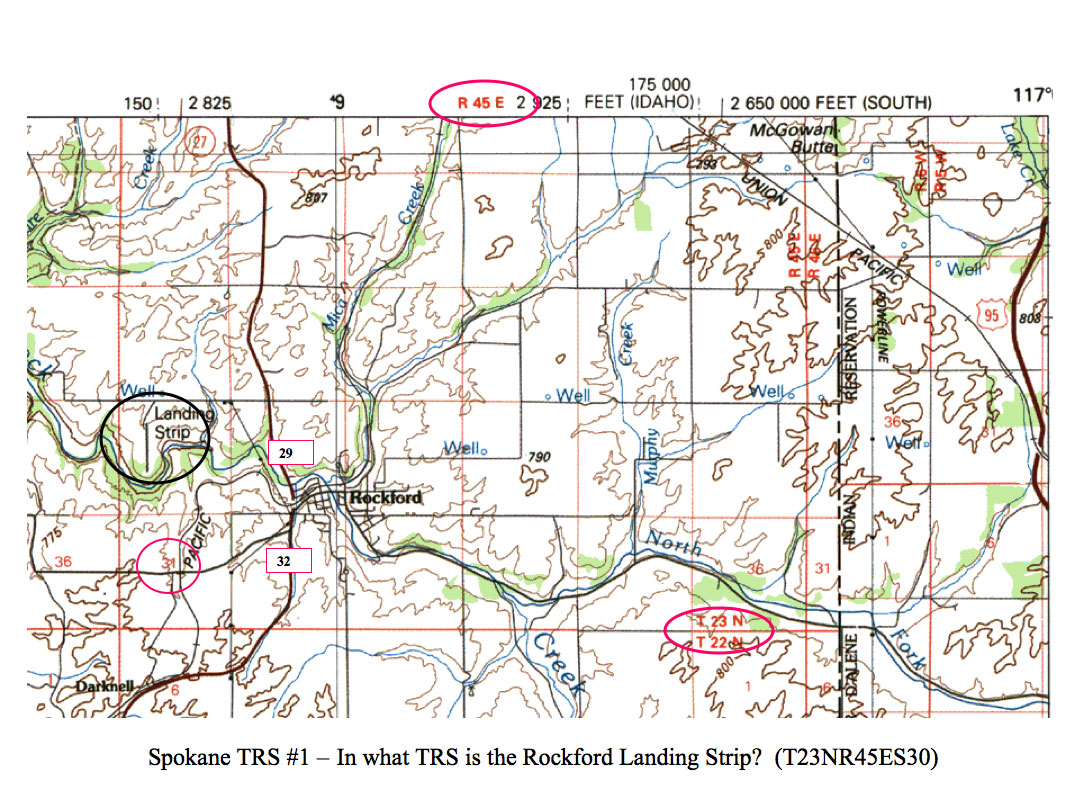


Males had a median income of $35,097 versus $25,526 for females. The median income for a household in the county was $37,308, and for a family was $46,463. For every 100 females age 18 and over, there were 93.60 males. The average household size was 2.46, and the average family size was 3.02. About 28.1% of all households were made up of individuals, and 9.6% had someone living alone who was 65 or older. Of thee 163,611 households, 32.4% had children under 18 living with them, 49.9% were married couples living together, 11.0% had a female householder with no husband present, and 35.2% were not families. About 22.0% were of German, 10.7% Irish, 9.9% English, 7.6% American, and 6.4% Norwegian ancestry. The racial makeup of the county was 88.62% White, 2.00% African American, 1.40% Native American, 1.88% Asian, 0.16% Pacific Islander, 0.82% from other races, and 2.76% from two or more races 2.77% of the population were Hispanics or Latinos of any race. The 175,005 housing units had an average density of 99/sq mi (38/km 2). The population density was 237/sq mi (92/km 2). Rivers ĭemographics Historical populationĪs of the 2000 United States Census, 417,939 people, 163,611 households, and 106,019 families were in the county. In ecology, as with the topography, the county is also in a transition area, roughly split between the Columbia Plateau ecoregion in the southwest portion, where it is at the eastern edge of the basaltic Channeled Scablands steppe plain and the Northern Rockies ecoregion in the northwest portion, which is the rugged and forested Selkirk Mountains. The geography to the southeast, such as the Saltese Flats and Saltese Uplands is characterized as a shrub–steppe landscape with grassy hills and ravines. The area exhibits signs of the prehistoric geologic events that shaped the area and region such as the Missoula Floods, which ended 12,000 to 15,000 years ago. Spokane County lies in a transition area between the eastern edge of the basaltic Channeled Scablands steppe plains to the west and the rugged, timbered Rocky Mountain foothills to the east. To the west is the barren landscape of the Columbia Basin and to the east are the foothills of the Rockies-the Coeur d'Alene Mountains, which rise to the east in northern Idaho. Spokane County has a complex geologic history and varied topography. (Virtually no change in elevation occurs between the dam and the mouth of the Little Spokane River inside Riverside State Park.) The highest point in the county is the summit of Mount Spokane at 5,887 ft (1,794 m). The lowest point in the county is the Spokane River behind Long Lake Dam (boundary of Stevens County) at 1538 ft (468 m) above sea level. Census Bureau, the county has a total area of 1,781 sq mi (4,610 km 2), of which 17 square miles (44 km 2) (0.9%) are covered by water. The current Spokane county seat holder, Spokane, wrested the seat from Cheney in 1886. The first post office in the county was located at Spokane Bridge. It was annexed by Stevens County on January 19, 1864, and recreated on October 30, 1879. Spokane County was established by the Washington legislature effective January 29, 1858. Known as the Spokane House, or simply "Spokane", it was in operation from 1810 to 1826. This post was established in 1810, at the confluence of the Little Spokane and Spokane Rivers, becoming the first enduring European settlement of significance in Washington. He sent out two trappers, Jacques Raphael Finlay and Finan McDonald, to construct a fur-trading post on the Spokane River in Washington and trade with the local Indians. After establishing the Kullyspell House and Saleesh House fur trading posts in what are now Idaho and Montana, Thompson then attempted to expand further west. The Spokane tribe, after which the county is named, means "Children of the Sun" or "sun people" in Salishan Explorer-geographer David Thompson, working as head of the North West Company's Columbia Department, became the first European to explore what is now the Inland Northwest. Initially, the settlers hunted predominantly bison and antelope, but after the game migrated out of the region, the native people became dependent on gathering various roots, berries, and nuts, and harvesting fish.

The first humans to arrive in what is now Spokane County arrived between 12,000 and 8,000 years ago and were hunter-gatherer societies who lived off the plentiful game in the area.


 0 kommentar(er)
0 kommentar(er)
